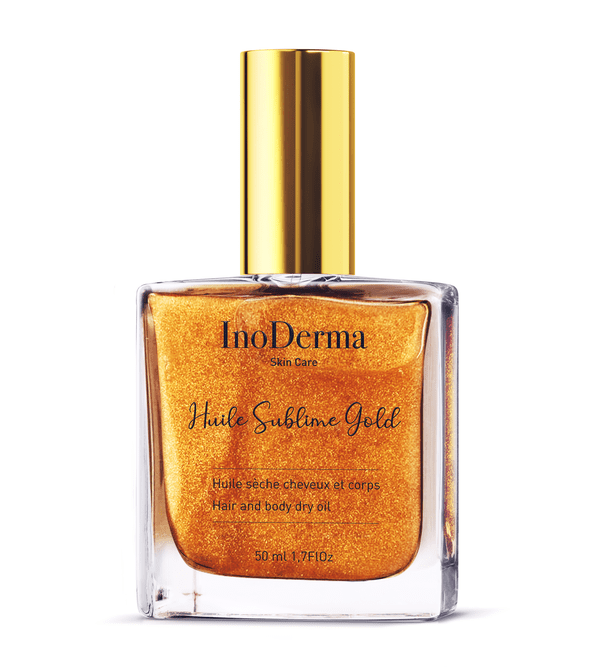Inoderma
Gamme Dermo-Cosmetique
Inolin's Most Popular
Shop Inolin’s most popular products and achieve healthy and glowing skin
Babylin's
Peau sensible du nourrisson et du bébé
L’Aloé vera
L’Aloé vera est cultivé pour ses vertus nombreuses médicinales et s’utilise partout à travers le monde.
Suite à de nombreuses études, il a été démontré que cette plante est très efficace sur la peau. Elle est donc très appréciée en cosmétique.
En effet, l’Aloe vera est un excellent cicatrisant d’où son emploi lors des brûlures superficielles, les coups de soleil, après épilation, traitement au laser ou rasage.
Il répare l’épiderme et calme les démangeaisons. L’Aloe vera hydrate la peau et stimule sa régénération en boostant la production de collagène.
Appliqué de façon régulière, il aide à lutter contre le vieillissement cellulaire et l’apparition prématurée des rides.
Il possède également des propriétés anti-inflammatoires et antibactériennes d’où son usage dans ce sens.

Biocides
Spray Anti-Moustiques Répulsif et Apaisant
pour adultes et enfants.
Inolin'S
Notre mission

Nos Valeurs
Inolin’S tient à véhiculer des valeurs nobles; à savoir :
Naturel, respect et qualité :
Naturel parce-que nous avons choisi de faire de l’aromathérapie le noyau central de tous nos produits, formulés à base d’actifs 100% naturels.
Nous nous engageons à respecter toutes les réglementations en vigueur, les intérêts de nos collaborateurs, de nos consommateurs et de tous nos employés.
Inolin’S a comme valeur fondatrice, la sécurité de ses produits qui sont fabriqués selon des normes pharmaceutiques. Elle propose une expertise dans l’aromathérapie pour assurer le caractère d’origine naturelle de l’ensemble de ses produits.
 Huile de Massage
Huile de Massage Soin Capillaire
Soin Capillaire Eau Micellaire
Eau Micellaire Gel Moussant
Gel Moussant Eau Micellaire
Eau Micellaire Huile au
Huile au Gel
Gel Mousse
Mousse Huile de Massage
Huile de Massage
 Crème de Change
Crème de Change
 Shampoing
Shampoing Liniment
Liniment Moustix Spray
Moustix Spray PouxiDerm
PouxiDerm PouxiDerm
PouxiDerm Bactilin’S
Bactilin’S
























